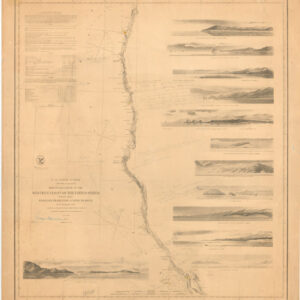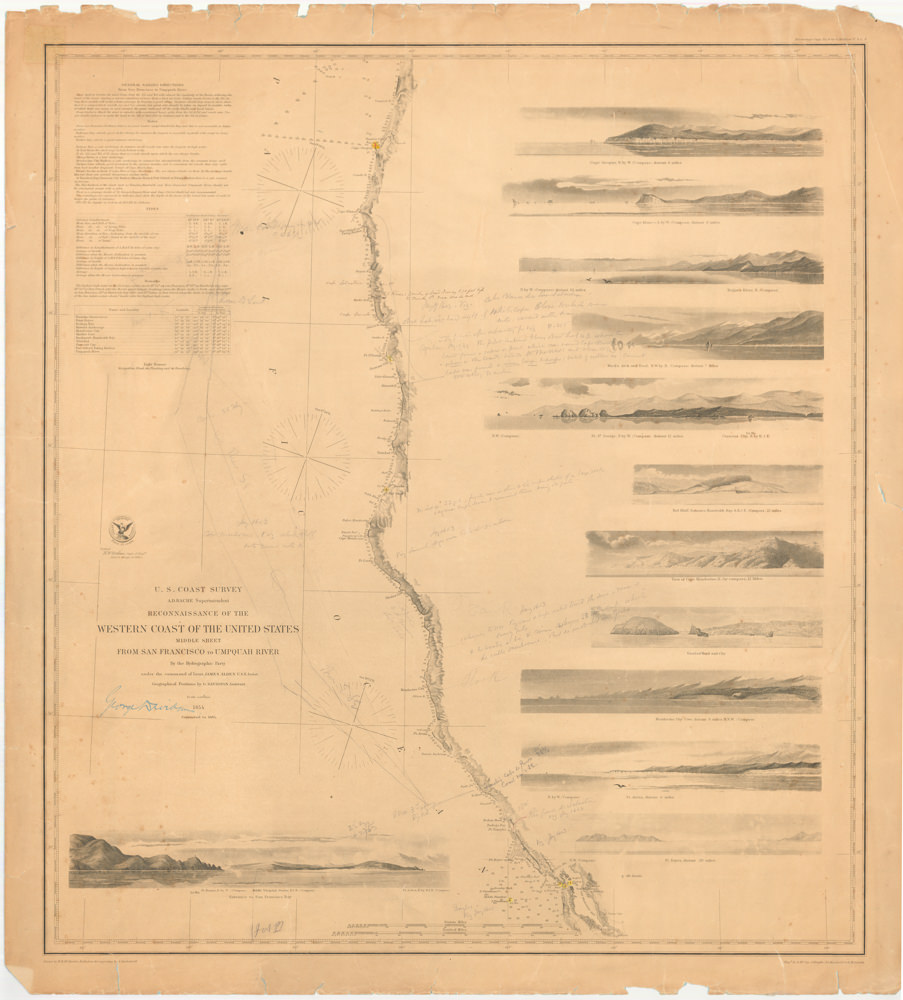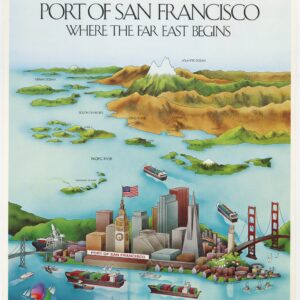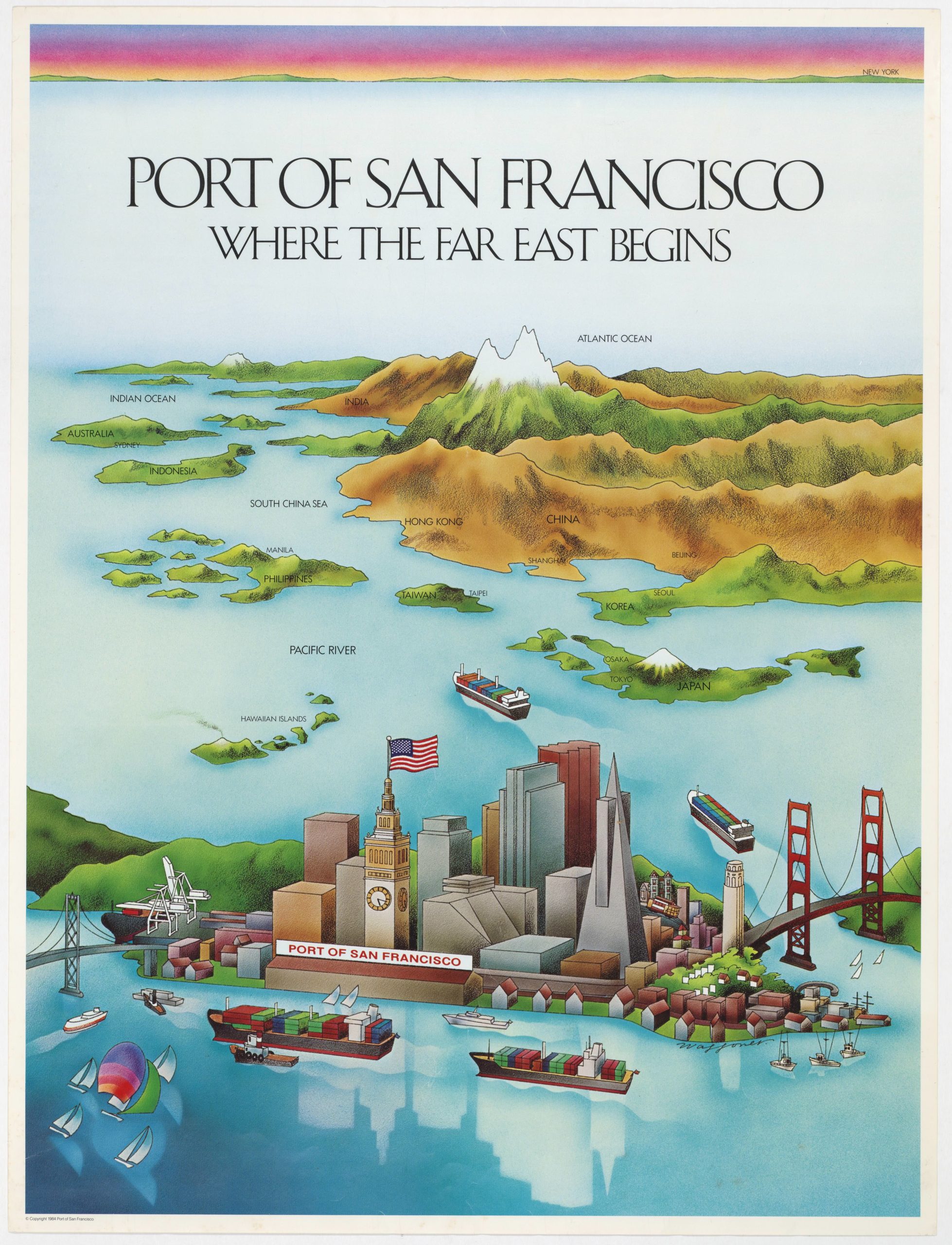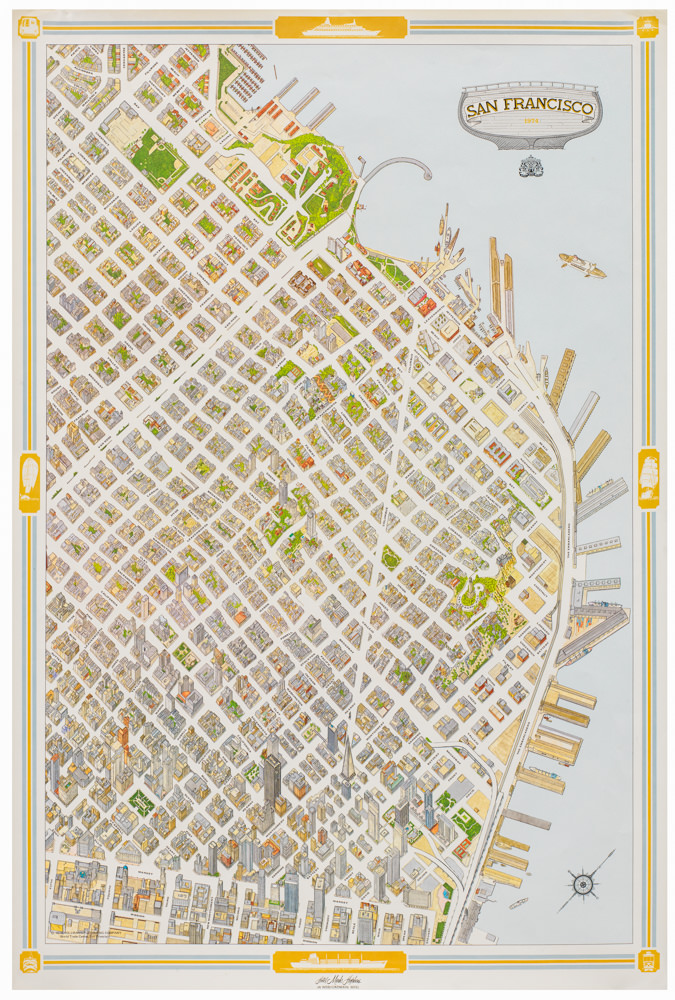A stunning early large-format landscape photograph of Yosemite Valley.
Yosemite Valley, from Artist’s Point.
Out of stock
Description
This evocative early photograph captures a pristine Yosemite Valley, one of the most beautiful and iconic locations in the United States, only a few decades after European Americans first began flocking here in droves to experience its natural wonders.
The large-format photograph offers a majestic view of Yosemite Valley, with Half Dome, El Capitan, Sentinel Rock, and Cathedral Rocks. The vantage point was the elevated perch known as Artist’s Point, which was named that way in 1883 by Frank Jay Haynes because he (erroneously) thought it the place where painter Thomas Moran sketched his 1872 depictions of the falls. A similar view had been made famous by the pioneer photographer of Yosemite, Carleton Watkins, who had climbed all the way up to what is today Union Point, in order to find the ideal location for capturing Yosemite’s grandeur.
The man behind this particular photo is Henry Greenwood Peabody. In the early 1900s, Peabody was employed as a landscape photographer by Detroit Publishing Company, the largest producer of postcards in America. As a result, Peabody’s photographs of Yosemite became some of the most famous and celebrated views of the National Park in the early 20th century. Neatline’s example is precisely such an image. The imprint indicates that this particular impression was printed in Boston in 1901, which aligns perfectly with the period that Peabody traveled the West capturing the pristine landscapes that were suited to adorn postcards.
Unlocking Yosemite’s Treasures: From Exploration to Preservation
In 1851, the Mariposa Battalion etched their names into history as the first European Americans to set foot in the enchanting expanse of Yosemite Valley. This watershed moment swung open the doors for more audacious travelers and promoters eager to harness the allure of Yosemite’s natural wonders. Visionaries like Thomas Ayres, Albert Bierstadt, Thomas Hill, Charles Leander Weed, and Carleton Watkins all helped immortalize the landscape through their artistic lenses, crafting imagery that would galvanize Congress and President Lincoln to establish the seminal Yosemite Grant of 1864. Amidst this early fervor, proponents such as James Hutchings and George Leidig used these powerful visuals to beckon visitors from across the country to this natural paradise. On this backdrop of an ever-growing American fascination, a host of indelible photographs emerged that since have come to stand as iconic snapshots of Yosemite’s grandeur.
Galen Clark: The first guardian of Yosemite
When Abraham Lincoln signed the Yosemite Grant into effect in 1864, Galen Clark was appointed its inaugural guardian. The Yosemite Grant enshrined Yosemite Valley and the Mariposa Grove of Giant Sequoias for “public use, resort, and recreation” and was, in effect, the foundation for America’s future national park system. Originally from Canada, Clark’s journey to Yosemite in 1855 would come to define his destiny. Despite suffering a lung hemorrhage, Galen established Clark’s Station in the Wawona meadows in 1857 as a sanctuary for weary travelers seeking sustenance and shelter. He later quipped, “I went to the mountains to take my chances of dying or growing better, which I thought were about even.” Galen Clark would hold his post competently for 24 transformative years. When he passed away just days shy of his 96th birthday, he was laid to rest in a tranquil refuge encircled by the sequoia trees he personally tended.
James Hutchings and early tourism
Within a few short years of Clark’s Station being established, tourists began flowing into Yosemite. James M. Hutchings, a miner turned journalist and publisher, was among the first to present the natural wonders of Yosemite to the American public. Partnering up with artist Thomas Ayres, he immortalized the splendor of his Illustrated California Magazine. In the minds of his readers, Ayres’ images and sketches were powerful substantiations of the assertions made by Hutchings in writing. The response was overwhelming, igniting an influx of visitors and creating new possibilities for Hutchings, who not only organized the first tourist excursions to Yosemite but generally pioneered the entire hospitality scene of lodges and guided tours.
Carleton Watkins: Capturing the magnificence of Yosemite
While the art of Ayres and others was extremely effective, it was nothing compared to the introduction of photography. Carleton Watkins, a photographic luminary, embarked on his Yosemite odyssey in the early 1860s. His breathtaking photographs of the valley was partly responsible for swaying Congress to enshrine Yosemite under the 1864 Grant.
Watkins had been hired as the official photographer of the California Geological Survey by its director, Josiah Whitney. Armed with both a wet-plate camera and a compact stereoscopic camera and enduring the rigors of remote photography, Watkins hauled his heavy equipment either on the backs of mules or by himself. In the hushed serenity of dawn, he was the first to capture Yosemite’s majesty from Union Point, showing the valley floor flanked by the awe-inspiring formations of El Capitan and Cathedral Rocks.
Charles Hoffmann’s surveys of Mt. Hoffmann
Mount Hoffmann, an ethereal sentinel within Yosemite’s embrace, owes its name to Charles Frederick Hoffmann, a trailblazing German/American topographer and cartographer and a pioneer of the American School of Cartography. Hoffmann spent more than 20 years surveying the Sierra Nevadas, including Yosemite, and his surveys are still the most authoritative early surveys of California. While Hoffmann may have lent his name to the peak, it was his boss, Josiah Whitney, Chief of the California Geological Survey and namesake of Mount Whitney, who first climbed the summit of Mt Hoffmann in 1863. John Muir also climbed Mt. Hoffmann during his shepherding days. Noting the rich blossoming flora interspersed by crystalline minerals glistening in the sunlight, Muir wrote, “You saunter among the crystals and flowers as if you are walking among stars.”
It is this vibrant mosaic of history, visionaries, and boundless natural beauty that has woven Yosemite’s legacy into the fabric of our collective imagination.
Cartographer(s):
Henry Greenwood Peabody (1855-1951) was an American landscape photographer who worked mainly from Boston but traveled extensively throughout the West, capturing its unique nature and culture with his lens.
Condition Description
Photograph laid on original green linen backing. Some creasing. Edges of backing frayed.
References
